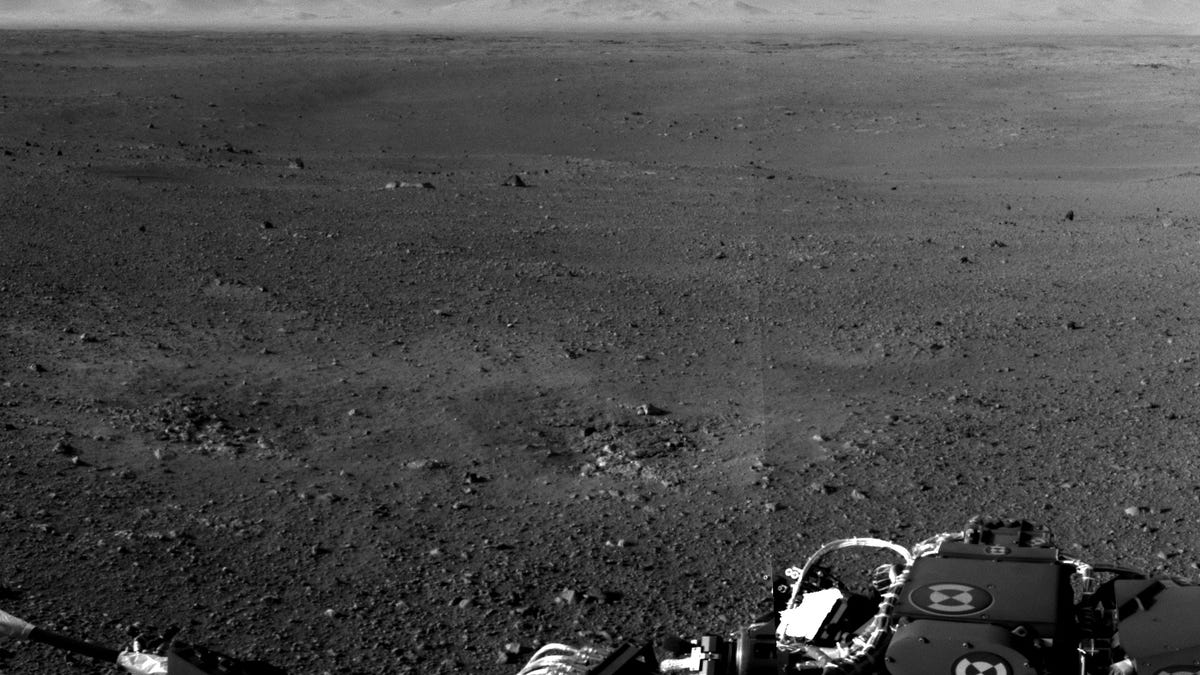Why the Mars rover has a measly 2MP camera
Chances are your grandmother's $50 cell phone has a higher-resolution camera than the ones on the $2.5 billion Curiosity Mars rover.

Geeks everywhere are riveted by the new images of Mars the Curiosity rover is beaming back to Earth. What you might be surprised to hear is just how few megapixels are involved in bringing those photos to us.
The rover sports 12 cameras in all, but the main imaging cameras have measly 2MP sensors. Wait, what? Was NASA trying to discourage the rover from taking too many vacation snapshots?
Malin Space Science Systems' Mike Ravine is the camera project manager for the mission. He told Digital Photography Review, "These designs were proposed in 2004, and you don't get to propose one specification and then go off and develop something else. 2MP with 8GB of flash [memory] didn't sound too bad in 2004. But it doesn't compare well to what you get in an iPhone today."
This all starts to make even more sense when you consider the amount of bandwidth and time needed to transmit data from Mars all the way back to our fair planet. If NASA had packed on the megapixels, it would be much more difficult to get images back in a timely manner.
Unfortunately, a planned 3D camera developed with "Avatar" director James Cameron didn't make it onto the mission. The technology to make it happen just wasn't ready in time. We'll have to settle for the rover's color stereo images.
The real proof of how well the rover's cameras are working is in the pictures. So far, the first batches have been pretty stunning. I, for one, definitely am not complaining.

